
Healthcare facilities need to be efficiently planned, properly informed, competently designed, and delivered quickly. As essential services of general interest, they must be sustainable in every respect. As such, they must carefully balance required features and standards with capital and operational costs without compromising the quality of the facility. Sustainability requires valuable design knowledge to be shared and not wasted after every successful project.
Healthcare Facility Requirements to ensure fire safety in your healthcare facility. Let’s find out more about it.
COMPARTMENTS IN MEDICAL FACILITIES
Fire-resistant walls, doors, and corridors should be provided to protect patient rooms, surgical areas, special hazard areas, and exit routes.

Fire containment is essential for several reasons, including:
- Preventing the rapid spread of fire; that could tr the occupants of a building.
- Reduce the potential for fires to spread and pose a hazard to occupants, fire and rescue services, and those in close proximity to the building.
- Limit damage to a building and its contents.
FIRE SPRINKLER
Sprinkler systems must be installed in all healthcare facilities. These systems require regular inspection, testing, and maintenance. Major components should be inspected quarterly, semi-annually, and annually. Each of these inspections requires the maintenance of specific components.
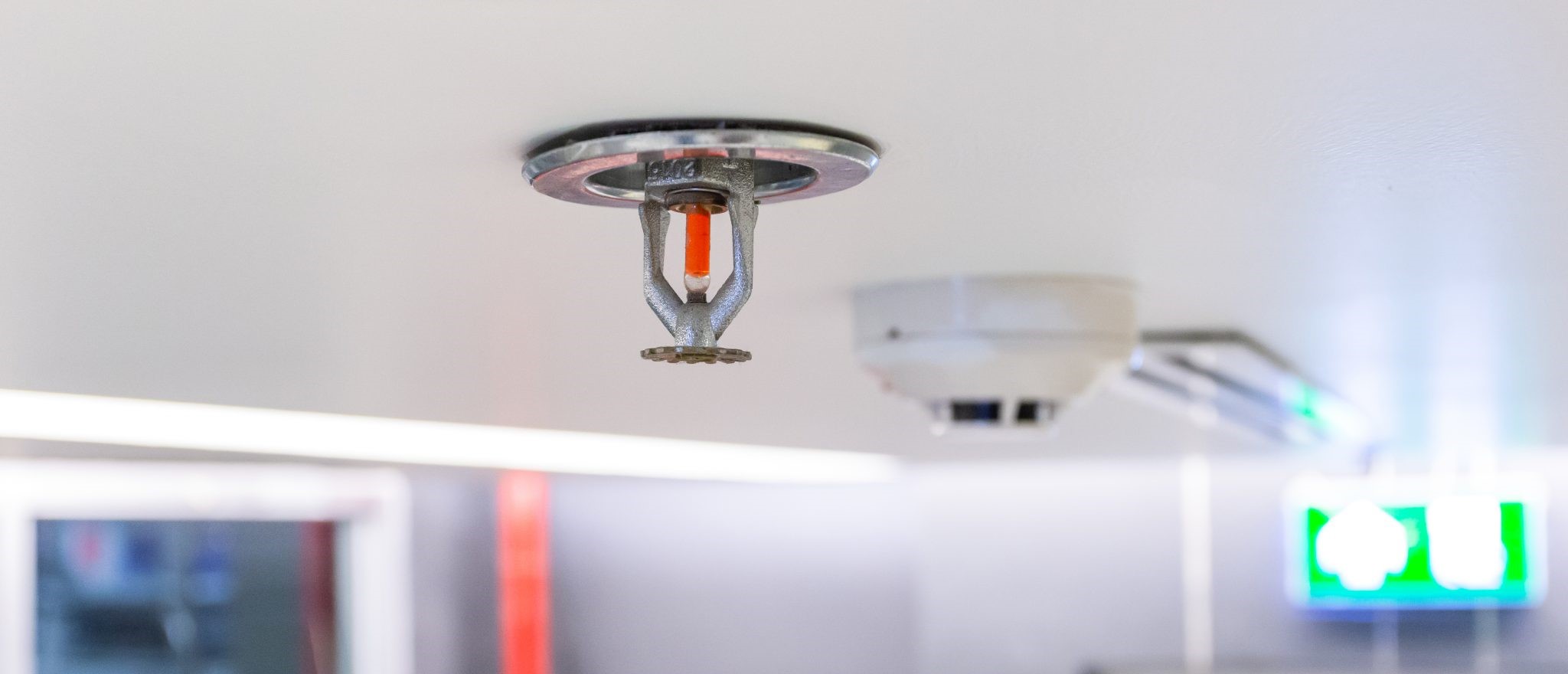
- Major system components should be reported quarterly, semi-annually, and annually be checked. At each of these intervals, certain items require maintenance and testing.
- There are also weekly and monthly inspection requirements for items that only require visual inspection; These components include pressure gauges, valves, home hydrants, and fire pumps.
- Your sprinkler systems should be inspected monthly. carried out and documented.
- Quarterly, semi-annually and annual inspections, tests, and maintenance must be carried out and documented.
- A five-year inspection, test, and maintenance must be performed and documented.
- Fire hoses must be tested and the test documented.
FIRE EXTINGUISHERS AND SPECIAL HAZARD FIRE SUPPRESSION SYSTEMS
Any facility with a commercial kitchen or cooking facility requires hood and fire suppression systems to ensure fires don’t spread throughout the rest of the building. Fire extinguishers must be selected, placed, inspected, tested, and maintained following NFPA 10.
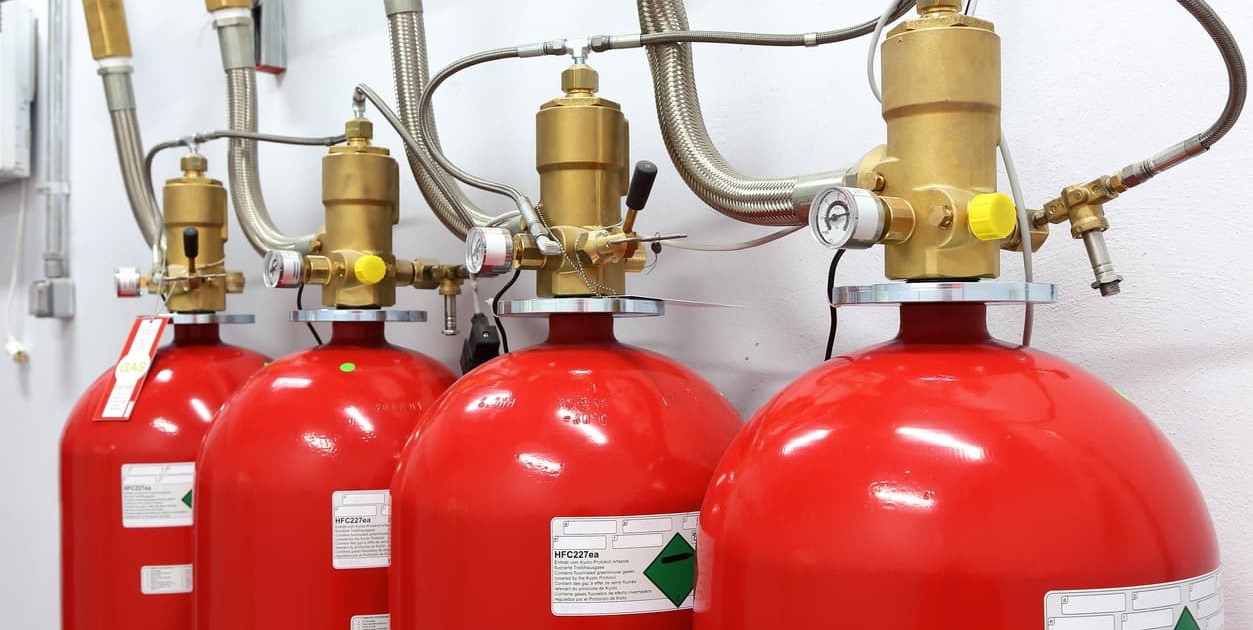
- Monthly inspections of your fire extinguishers must be conducted and documented.
- Annual checks by a licensed fire protection specialist must be carried out and documented. Deficiencies identified must be remedied and fire extinguishers certified. Inspection reports and repairs must be documented.
KITCHEN HOOD AND FIRE SUPPRESSION SYSTEMS
All commercial kitchens and cooking equipment in a medical facility must be protected with a hood and fire suppression system, which requires semi-annual inspection, testing, and maintenance.
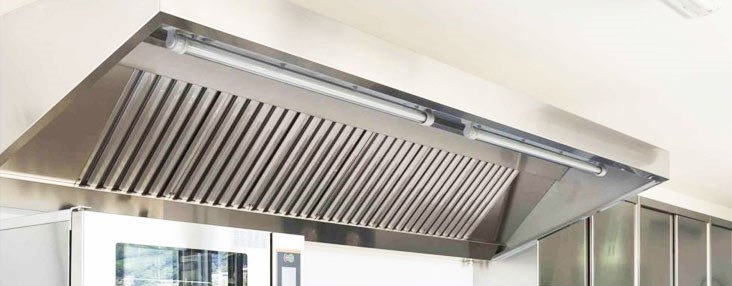
- The filters and exhaust ducts that make up the hood system must be cleaned regularly, the frequency of which depends on the amount of fat used in the cooking process.
- These specific requirements are outlined in NFPA 96: The standard for Ventilation Control and Fire Protection of Commercial Cooking Operations.
FIRE ALARM SYSTEMS
Quarterly, semi-annual, and annual system inspections, testing, and maintenance are required and careful records must be kept of all ITM work and results.
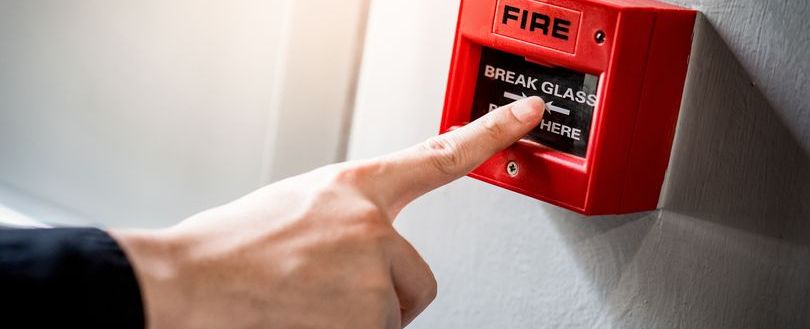
- A facilities manager needs to understand the basic workings of fire alarms and what the different signals can mean.
- NFPA requires a facility-wide fire alarm system. NFPA 72: National Fire Alarm and Signaling Code describe the installation and ITM requirements for these systems.
GENERATOR AND ALTERNATE POWER SOURCES
A facility such as alternative energy connected to distribution systems and ancillary equipment requires special fire safety protocols.
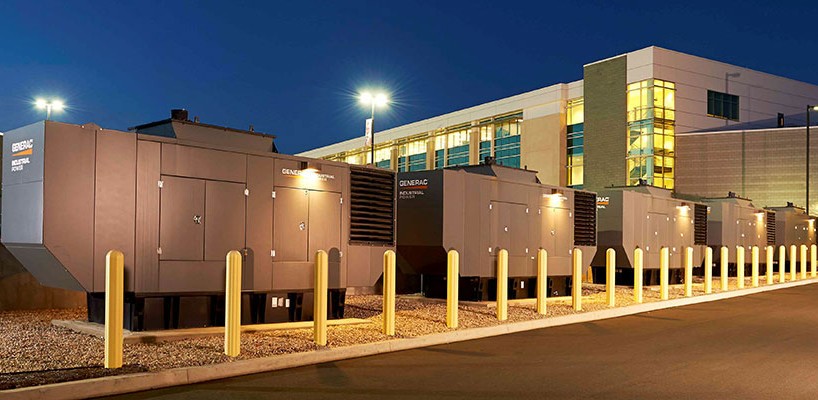
- Depending on your risk category your EES (Essential Electrical System) may change.
- Category 1 Requires Type 1 EES, Category 2 can use either Type 1 or Type 2 EES, and Category 3 and 4 do not require an EES.
EMERGENCY EVACUATION PLANS
In a healthcare facility, your emergency planning needs to be communicated frequently and thoughtfully.
- Quarterly evacuation drills are required for each shift, and records must be kept carefully.
- General cleaning to keep exit routes clear, smoking bans, decorated hallways, and patient rooms should be fireproof, and dirty plumbing and regularly emptied trash is essential to keep your devices communicating.
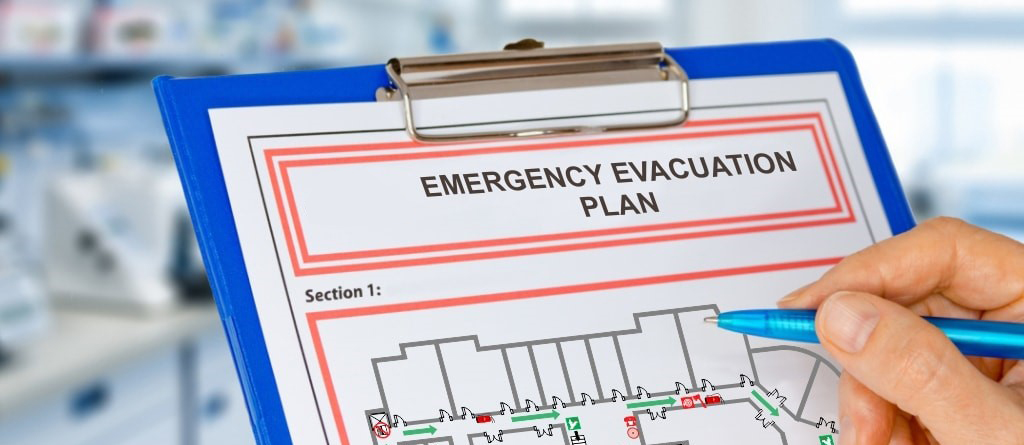
With all of these requirements, it is important to understand exactly what you need to do to protect your building from damage. Here are some items on your checklist to check.
-
- First and foremost, make sure your hazard emergency plans are in place and are well-thought-out for your specific building. Healthcare facilities must maintain emergency and evacuation plans, and employees must be regularly trained on these plans and their roles within them. Emergency plans should include instructions for fire emergencies and general building evacuations.
- Once you have found your plan, make sure all employees are trained regularly, and that training is documented. Quarterly evacuation drills are required for each shift, and records of these drills must be maintained. Additionally, hospital staff should be aware of and sustain general housekeeping standards. These activities include maintaining clear access to exits, enforcing “no smoking” policies, making sure decorations in halls and patient rooms are fire-resistant and do not exceed allowed limits, and ensuring soiled linens and trash are regularly emptied and not permitted to accumulate beyond allowed maximums.
- Make sure you conduct fire drills quarterly, and these drills are documented.
